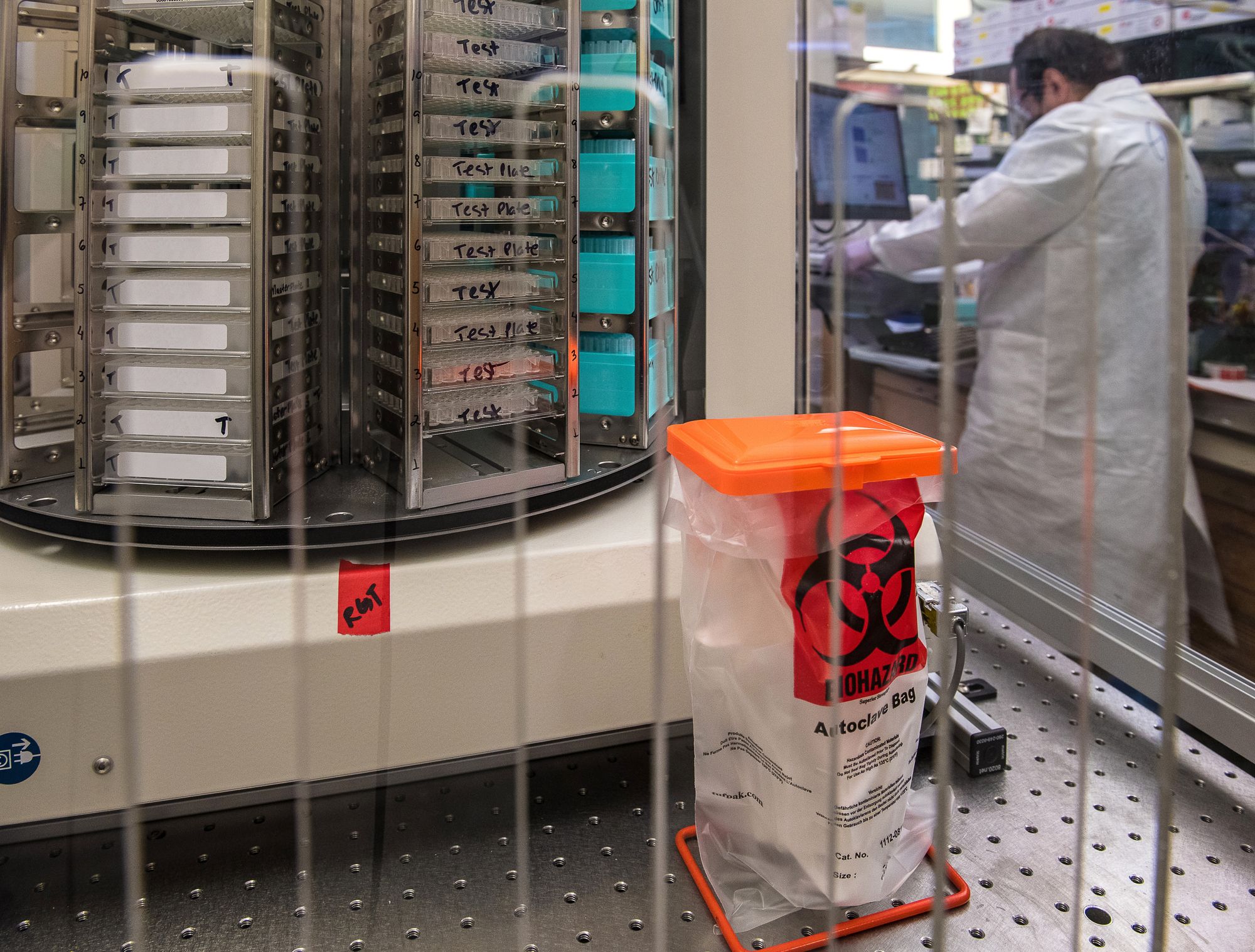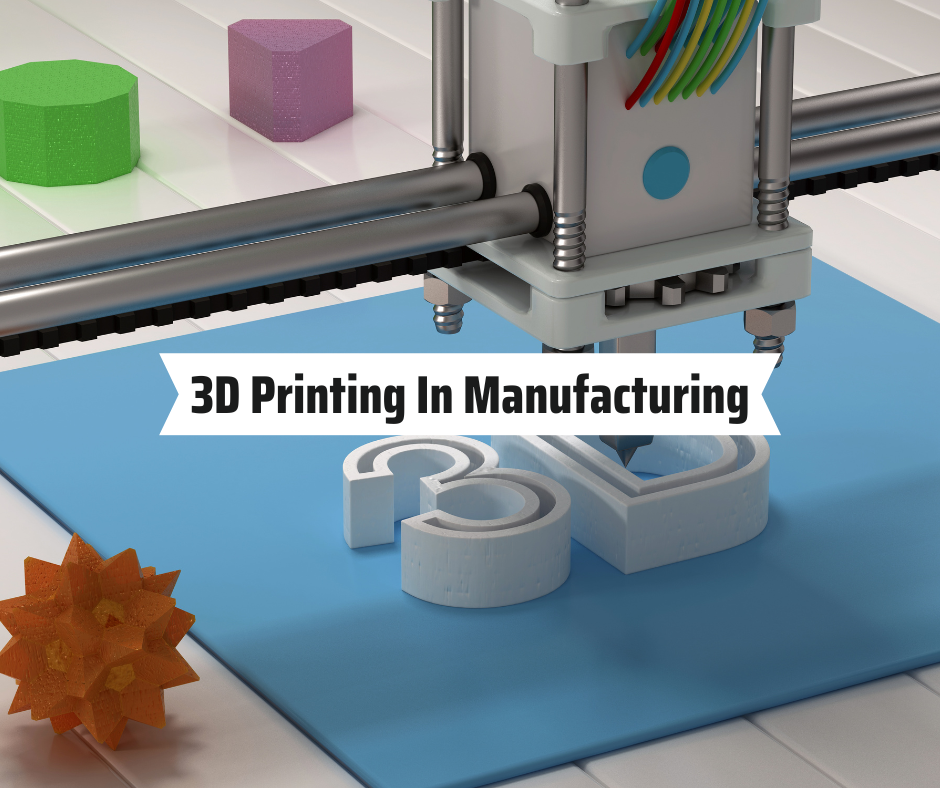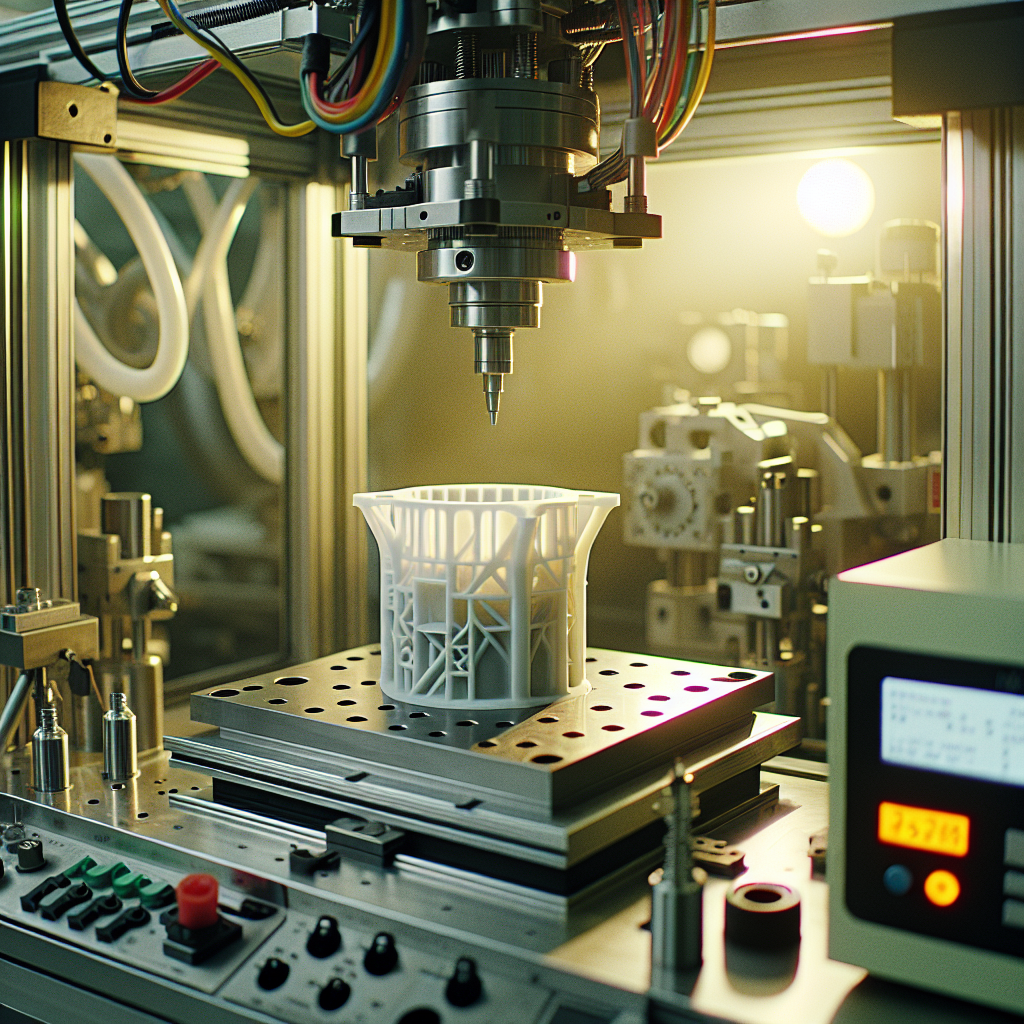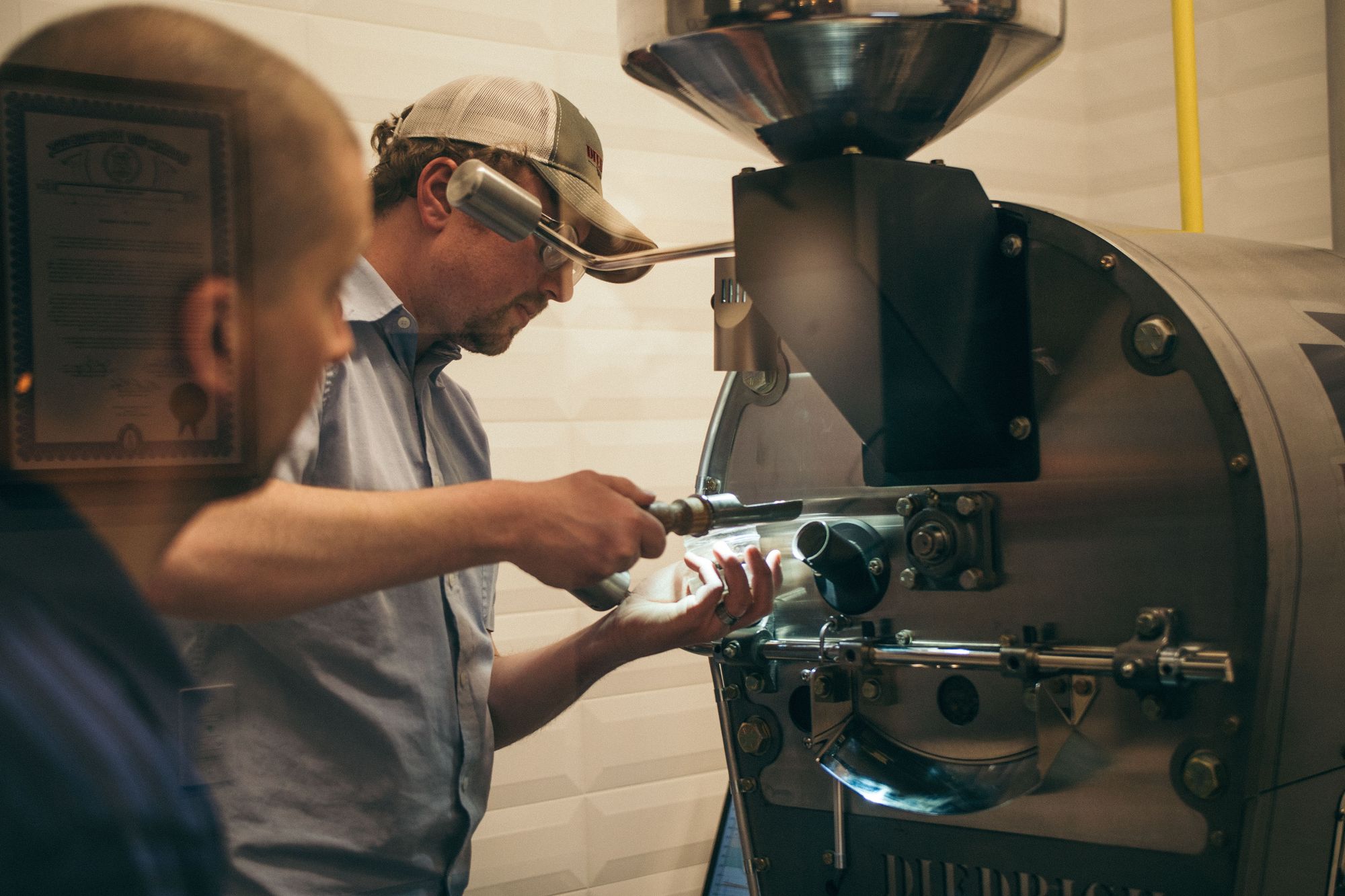In 2021, the market for 3D printing on a global scale was worth $13.8 billion. In 2021, the North American 3D printing market was expected to be worth $5.72 billion. According to many analysts, the 3D printing market will expand between 18% and 27% annually, which is astoundingly fast. In 2021, almost 2.2 million 3D printers were shipped.
In this article, we will learn more about 3D printing and uses in manufacturing:
- What is 3D printing?
- 3D Printing in Manufacturing
- How has 3D printing evolved over the years?
- What are the current trends in 3D printing?
- What innovative technology have you seen being used with 3D printing?
- With industries facing increased customer centricity when it comes to the services they provide, how can 3D printing help to drive customer centricity?
- How can 3D printing make manufacturing more agile?
- How can 3D printing benefit the manufacturing industry?
- What are the challenges of 3D printing?
- What applications of 3D printing have you seen within the industry?
- What are the challenges of using 3D printing for large-scale production?
- How 3D Printing Disrupts Traditional Manufacturing?
- What applications of 3D printing have you seen within the industry?
- How can Deskera Help You?
- Key Takeaways
- Related Articles
What is 3D printing?
3D printing is a process of creating three-dimensional objects from a digital file. The process uses a specialized printer to build objects layer by layer from a variety of different materials such as plastic, metal, ceramics and composites. The technology is used to produce prototypes, working parts, and end-use products for a variety of industries, including healthcare, aerospace, automotive, and consumer goods.
The manufacturing sector is constantly searching for fresh, cutting-edge methods of operation, and 3D printing has taken the lead in recent years. The cost of 3D printing has decreased as a result of improvements in the technology, machinery, and materials, making it a more viable option for use in general production.
3D Printing in Manufacturing
3D printing is increasingly being used in manufacturing processes. This technology allows for more efficient and cost-effective production of goods and components. 3D printing can be used to produce products with complex geometries, intricate details, and a wide range of materials. The technology also enables custom manufacturing, which can be used to produce products tailored to specific customer needs. 3D printing also reduces waste, as it can produce complex components with minimal support structures and material use. Moreover, 3D printing can be used to produce parts on-demand, thereby avoiding the delays associated with traditional manufacturing processes.
How has 3D printing evolved over the years?
3D printing has come a long way since its invention in the 1980s. The technology has evolved to have more accurate and precise prints, higher resolution, faster printing times, and a wider range of materials available to print with. 3D printing technology has become more user-friendly, making it easier to set up and use. With increased competition in the 3D printing market, the prices of 3D printers have also dropped significantly in recent years.
Additionally, 3D printing has moved beyond prototyping and is now being used to produce high-quality end-use products, such as medical implants, automotive parts, and even aerospace components.
What are the current trends in 3D printing?
1. Increased Automation: 3D printing is becoming increasingly automated and user-friendly, allowing users to easily and quickly create complex and intricate designs.
2. Multi-material Printing: 3D printing is becoming more capable of printing with multiple materials in a single print, producing objects with unique properties.
3. On-Demand Manufacturing: 3D printing enables on-demand manufacturing, allowing businesses to create custom parts and products on demand at lower costs.
4. Mass Customization: 3D printing enables businesses to offer mass customization, producing custom parts and products in low volumes at a lower cost than traditional manufacturing methods.
5. Industrial Applications: 3D printing is becoming increasingly popular for industrial applications, allowing for quick prototyping and the production of complex parts.
6. Consumer Applications: 3D printing is becoming increasingly popular for consumer applications, allowing individuals to produce custom objects for personal use.
What innovative technology have you seen being used with 3D printing?
One innovative technology that has been used with 3D printing is the use of photo polymer resin. This resin hardens when exposed to light, allowing for the production of very intricate and detailed 3D prints. Another innovative technology is the use of conductive inks, which can be used to make 3D prints that can conduct electricity. This makes it possible to create complex electronic components and circuits with 3D printing.
3D suppliers and digital manufacturers are collaborating to create essential applications to aid in the fight against COVID-19 is one extremely potent example of 3D printing we've seen in the past few weeks.
HP and its global network of partners and customers print essential components, including ventilator valves, face mask adjusters, and hands-free door knobs for regional hospitals and healthcare organizations worldwide.
Beyond how 3D printing assists the current situation, we have seen many applications for the technology, including personalized prosthetic limbs, automotive parts, and invisible braces that help people attain their ideal smile.
With industries facing increased customer centricity when it comes to the services they provide, how can 3D printing help to drive customer centricity?
3D printing can drive customer centricity by allowing companies to customize products and services to meet customer needs. With 3D printing, companies can offer personalized products with intricate designs, complex color schemes, and other features that are tailored to the customer's exact specifications. Companies can also use 3D printing to respond quickly to customer requests since the technology allows for rapid prototyping and the production of items. 3D printing can also reduce customer wait times since products can be produced on demand. Finally, 3D printing can help to reduce production costs, allowing companies to pass on the savings to their customers.
The capacity to completely customize goods and parts for the end customer is one of the main advantages of 3D printing.
This could take the shape of personal preference for a particular design, or it might serve a more practical function, such as enhancing the product's fit or usefulness.
Through cutting-edge 3D scanning, dynamic gait analysis, and manufacturing technologies, 3D printing, for instance, makes it simple to design prosthetic limbs and reduces production time from weeks to days. It can also produce custom-fitted and personalized footwear, including insoles.
How can 3D printing make manufacturing more agile?
3D printing can make manufacturing more agile by enabling rapid prototyping, on-demand production, and customization of parts. With 3D printing, companies no longer need to wait for the production of molds and tooling, which can take weeks or months to produce. This can reduce lead times, allowing companies to quickly iterate products and bring new products to market faster. 3D printing also allows for the production of complex parts that would otherwise be impossible to manufacture with traditional methods. Finally, 3D printing allows for custom parts to be produced quickly and efficiently, making it easier for companies to meet the needs of their customers.
How can 3D printing benefit the manufacturing industry?
3D printing can benefit the manufacturing industry in several ways. Firstly, 3D printing is a much more efficient method of producing parts than traditional manufacturing techniques. For example, 3D printing allows for the production of complex and intricate parts with a high degree of accuracy and detail. This reduces the need for labor-intensive and costly post-production processes.
Secondly, 3D printing offers greater flexibility in terms of design and production. It can be used to quickly produce prototypes and custom parts in small batches, allowing manufacturers to test and refine their products without long lead times.
Finally, 3D printing is a cost-effective solution for producing parts and components. It eliminates the need for expensive tooling, saving money and time. Listing out some of the benefits below:
1. Reduced Production Costs: 3D printing is more cost-effective when compared to traditional manufacturing methods, as it eliminates the need for expensive tools and machinery, as well as manual labor costs.
2. Increased Product Variety: 3D printing enables manufacturers to create customized products with a wide range of features and functions. This allows them to offer their customers more options and create products to meet specific needs.
3. Improved Product Quality: 3D printing enables manufacturers to produce products with much finer details and higher accuracy than traditional manufacturing methods, resulting in improved product quality.
4. Faster Production Times: 3D printing eliminates the need for manual assembly and can significantly reduce production times. This can help manufacturers meet tight deadlines and get products to market quickly.
5. Reduced Waste: 3D printing eliminates the need for excess materials, as the process only uses the exact amount of material needed for the product. This reduces waste and helps manufacturers become more environmentally friendly.
What are the challenges of 3D printing?
1. High Cost: 3D printing technology is still relatively expensive compared to traditional manufacturing methods. The cost of a 3D printer and the associated materials can be prohibitively expensive for many individuals and small businesses.
2. Limited Materials: Most 3D printers can only work with a limited range of materials. This limits the types of objects that can be printed, as well as the range of applications for 3D printing.
3. Complexity: 3D printing is a complex process, and there is a steep learning curve for those just getting started. It can take time and effort to get the settings and materials just right for successful 3D printing projects.
4. Post Processing: Post processing is a required step in many 3D printing projects. This includes sanding, painting, and other processes that can be time consuming and labor intensive.
5. Part Strength: Parts printed with 3D printers are often weaker than parts produced with traditional manufacturing methods. This limits the applications for which 3D printing is suitable.
What applications of 3D printing have you seen within the industry?
1. Rapid prototyping: 3D printing can be used to quickly and accurately create prototypes of products and product features, which allows designers and engineers to test and iterate on their designs quickly.
2. Manufacturing: 3D printing can be used to manufacture small batches of finished products, such as customized parts for medical devices, jewelry, and consumer electronics.
3. Manufacturing on demand: 3D printing can be used to quickly produce customized products for specific customers, such as custom hearing aids or orthotics.
4. Tooling and fixtures: 3D printing can be used to create custom tools and fixtures for manufacturing processes, such as jigs, clamps, and molds.
5. Medical applications: 3D printing can be used to create custom implants, prosthetics, and surgical tools such as 3D-printed stents.
6. Architecture: 3D printing can be used to quickly and accurately create architectural models, such as full-scale models of buildings and structures.
7. Art and education: 3D printing can be used to create custom art pieces and educational tools, such as models of historical artifacts or anatomical models.
What are the challenges of using 3D printing for large-scale production?
1. Cost: 3D printing is generally more expensive than traditional production methods for large-scale production.
2. Speed: 3D printing is a slow process compared to traditional production methods, making it challenging to keep up with high-volume production schedules.
3. Accuracy: 3D printing can be difficult to control and maintain the accuracy of parts produced at large scale.
4. Material Options: 3D printing is limited to certain types of materials that may not be suitable for all applications.
5. Post-Processing: Parts produced with 3D printing need to be post-processed, which can be time-consuming and expensive.
How 3D Printing Disrupts Traditional Manufacturing?
3D printing disrupts traditional manufacturing by allowing companies to produce parts and products quickly, on demand, and in small batches. 3D printing eliminates the need for expensive tooling and allows for rapid prototyping, which reduces lead times and costs associated with traditional manufacturing. Furthermore, 3D printing can produce complex designs that would be difficult or impossible to create using other manufacturing techniques. 3D printing also eliminates the need for large warehouses and lengthy shipping times, allowing companies to produce parts and products closer to their customers.
What applications of 3D printing have you seen within the industry?
Several industries, including automotive, manufacturing, healthcare, and consumer products, are using 3D printing.
Along with the outstanding work being done to assist the COVID-19 pandemic, we have also noticed some outstanding business uses.
Major automakers are using 3D printing to create gear sticks and safety gloves; fashion designers are using it to create handbags and shoes; and businesses are making personalized foot insoles using only a scan of a patient's foot.
The opportunities are truly limitless, and we are interested in watching what the sector produces over the coming few years. 3D printing is enabling industries to move smoothly from prototyping to production with incredible flexibility to make improvements in close to real-time.
How can Deskera Help You?
Deskera provides integrated solutions for inventory management, production planning, supplier management, quality control, and business analytics. This enables sub-assembly manufacturers to have greater visibility over their operations, helping them to make informed decisions, streamline processes, and ultimately increase their efficiency and profitability.
Deskera MRP is the one tool that lets you do all of the above. With Deskera, you can:
- Track raw materials and finished goods inventory
- Manage production plans and routings
- Maintain bill of materials
- Generate detailed reports
- Create custom dashboards
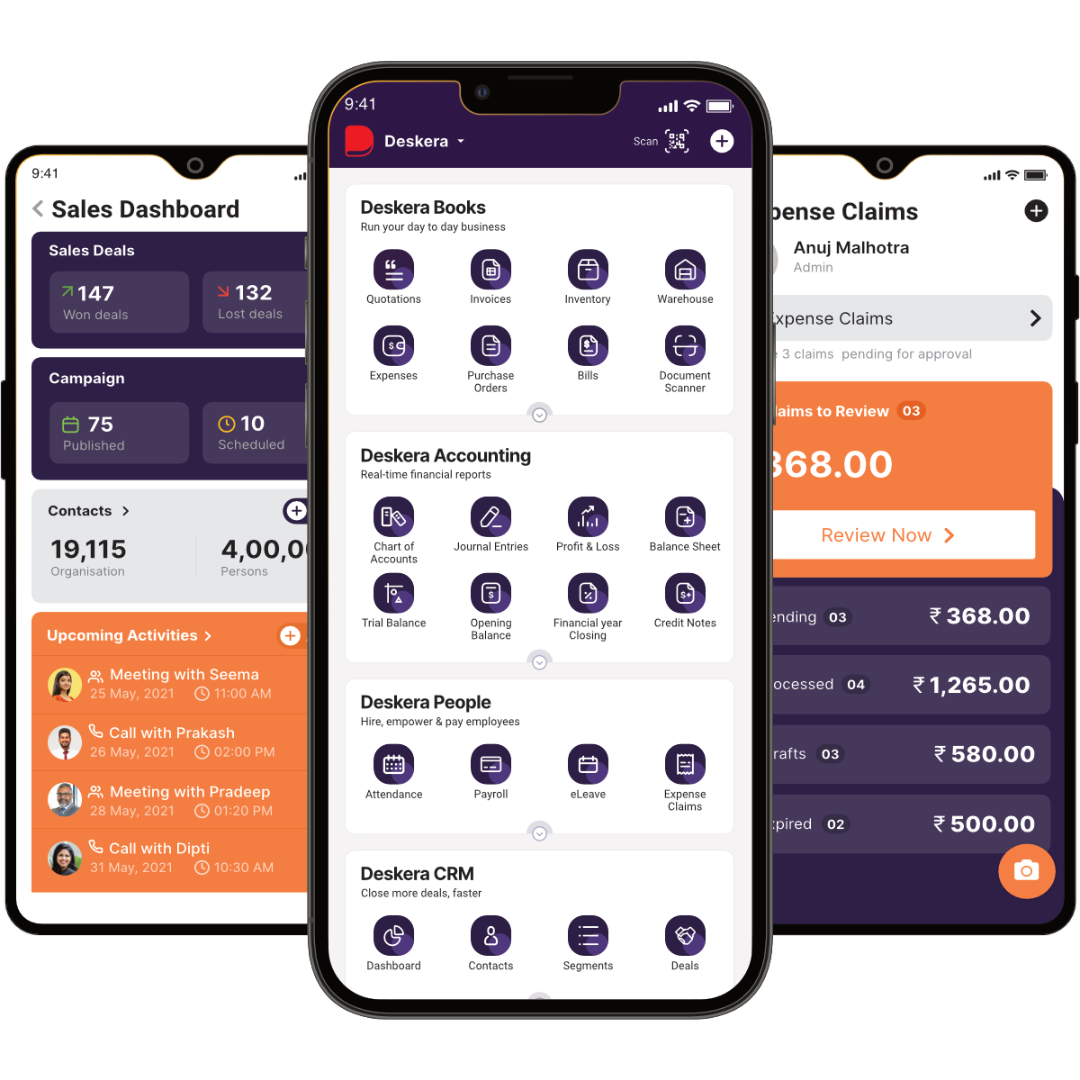
Deskera Books is accounting software that assists small businesses in managing their accounts and finances. It is a cloud-based system that is simple to use and accessible from anywhere, at any time.
Deskera People provides a variety of features and capabilities to assist organizations in more efficiently managing their HR operations, such as employee onboarding, leave and shift management, time and attendance monitoring, payroll processing, benefits administration, and more.
Deskera CRM is a comprehensive customer relationship management (CRM) solution that assists organizations of any size in managing their client interactions more effectively. The platform provides features for contact management, marketing automation, sales and customer service tracking, and integration with other corporate systems.
Key Takeaways
- 3D printing is a process of creating three-dimensional objects from a digital file. The process uses a specialized printer to build objects layer by layer from a variety of different materials such as plastic, metal, ceramics and composites.
- 3D printing is increasingly being used in manufacturing processes. This technology allows for more efficient and cost-effective production of goods and components.
- Current trends in 3D printing involves increased automation, multi-material printing, on-demand manufacturing, mass customization, industrial applications and consumer applications
- 3D printing can drive customer centricity by allowing companies to customize products and services to meet customer needs.
- 3D printing can make manufacturing more agile by enabling rapid prototyping, on-demand production, and customization of parts.
- 3D printing eliminates the need for expensive tooling and allows for rapid prototyping, which reduces lead times and costs associated with traditional manufacturing.
Related Articles
